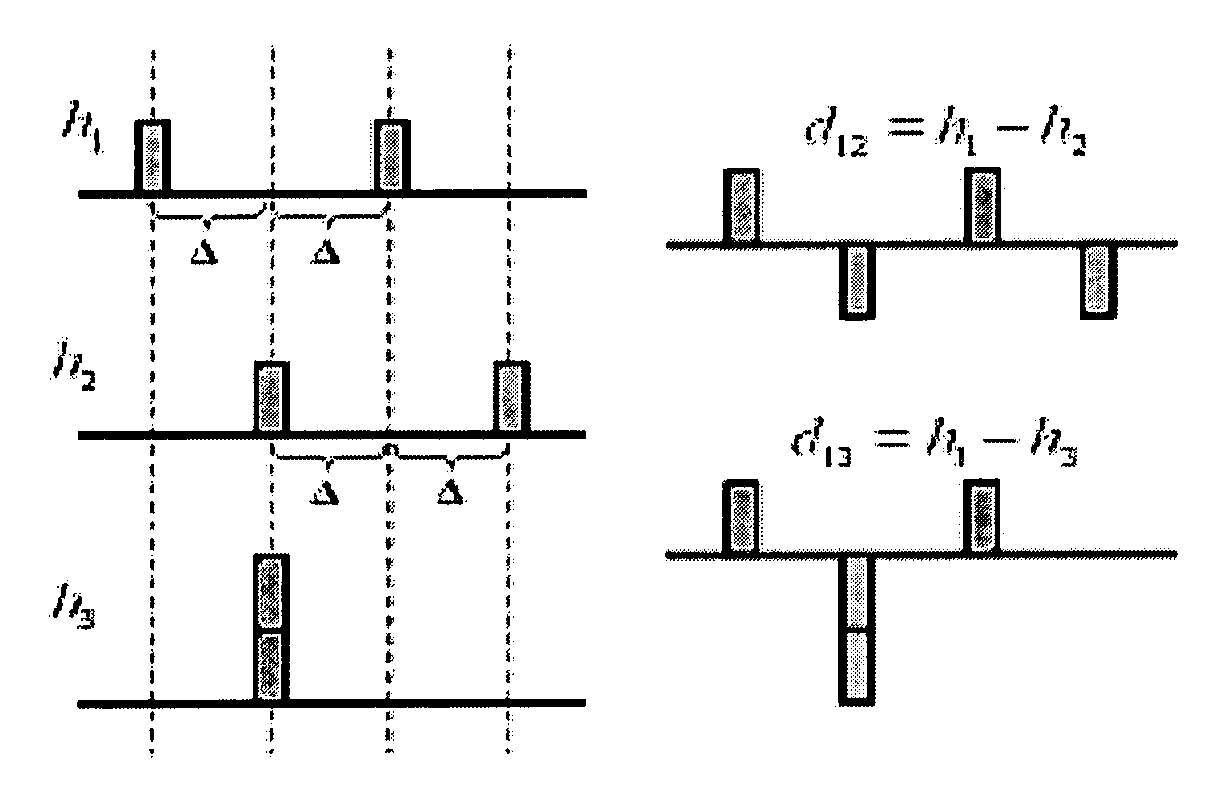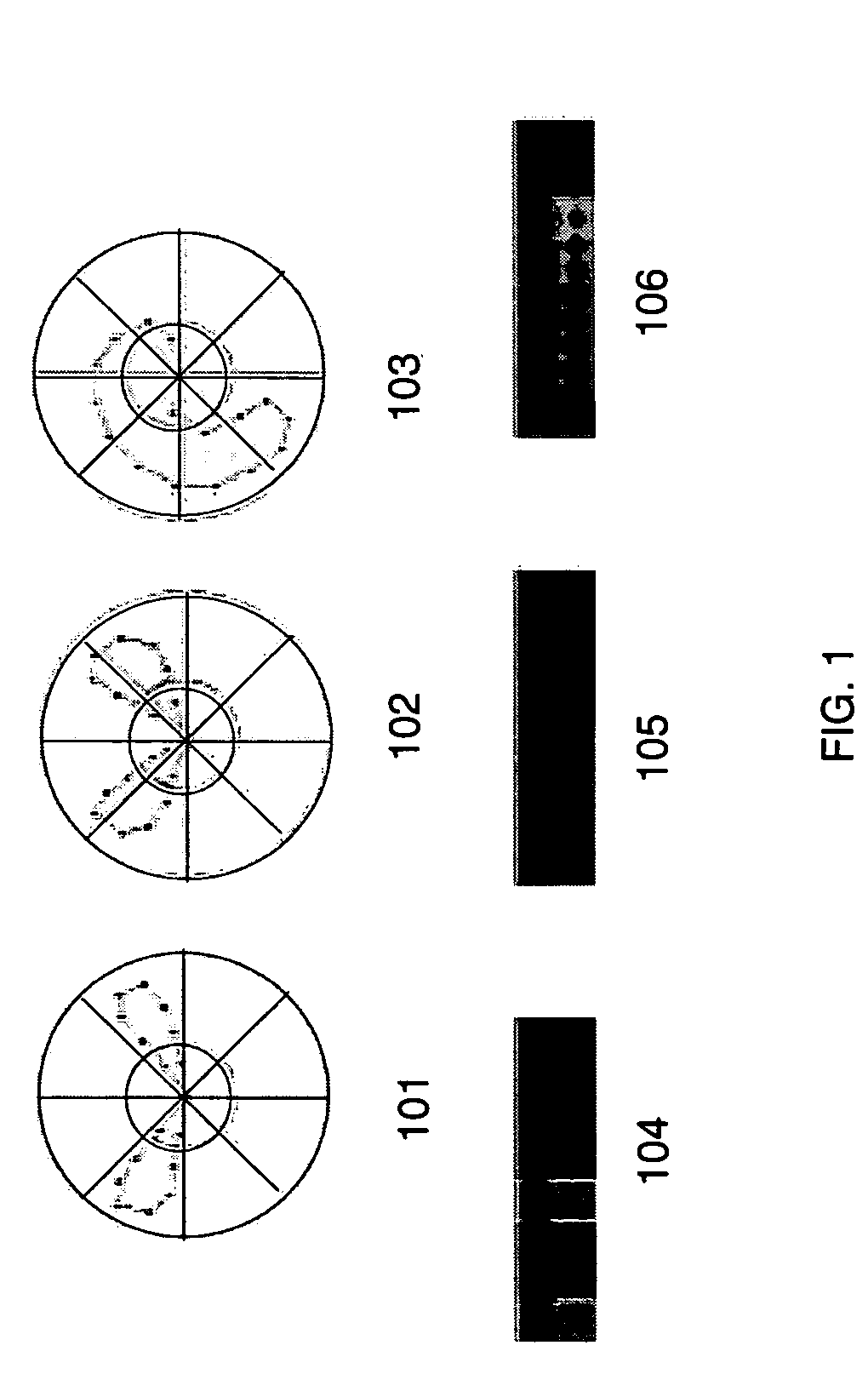Diffusion distance for histogram comparison
a technology of diffusion distance and histogram, applied in the field of computer vision, can solve the problem of linear time complexity that is much faster in the new approach, and achieve the effect of linear time complexity
- Summary
- Abstract
- Description
- Claims
- Application Information
AI Technical Summary
Benefits of technology
Problems solved by technology
Method used
Image
Examples
Embodiment Construction
[0032] The Diffusion Distance Between Histograms—Modeling Histogram Difference with Diffusion Process
[0033] The basis for the diffusion distance is now discussed. First consider 1D distributions h1(x) and h2(x). It is natural to compare them by their difference, denoted as d(x)=h1(x)−h2(x). Instead of putting a metric on d directly, treat it as an isolated temperature field T(x,t) at time t=0, i.e. T(x, 0)=d(x). It is known that the temperature in an isolated field obeys the heat diffusion equation ∂T∂t=∂2T∂x2.(Eq. 1)
[0034] It has a unique solution
T(x,t)=T0(x)*φ(x,t) (Eq. 2)
given initial condition
T(x, 0)=T0(x)=d(x) (Eq. 3)
where φ(x,t) is a filter, which in one embodiment can be a Gaussian filter, with ϕ(x,t)=1(2π)1 / 2texp{-x22t2}(Eq. 4)
[0035] Note that the mean of the difference field is zero, therefore T(x,t) becomes zero everywhere when t increases. In this sense, T(x,t) can he viewed as a process of histogram value exchange which makes h1 and h2 equivalent. I...
PUM
 Login to View More
Login to View More Abstract
Description
Claims
Application Information
 Login to View More
Login to View More - R&D
- Intellectual Property
- Life Sciences
- Materials
- Tech Scout
- Unparalleled Data Quality
- Higher Quality Content
- 60% Fewer Hallucinations
Browse by: Latest US Patents, China's latest patents, Technical Efficacy Thesaurus, Application Domain, Technology Topic, Popular Technical Reports.
© 2025 PatSnap. All rights reserved.Legal|Privacy policy|Modern Slavery Act Transparency Statement|Sitemap|About US| Contact US: help@patsnap.com



